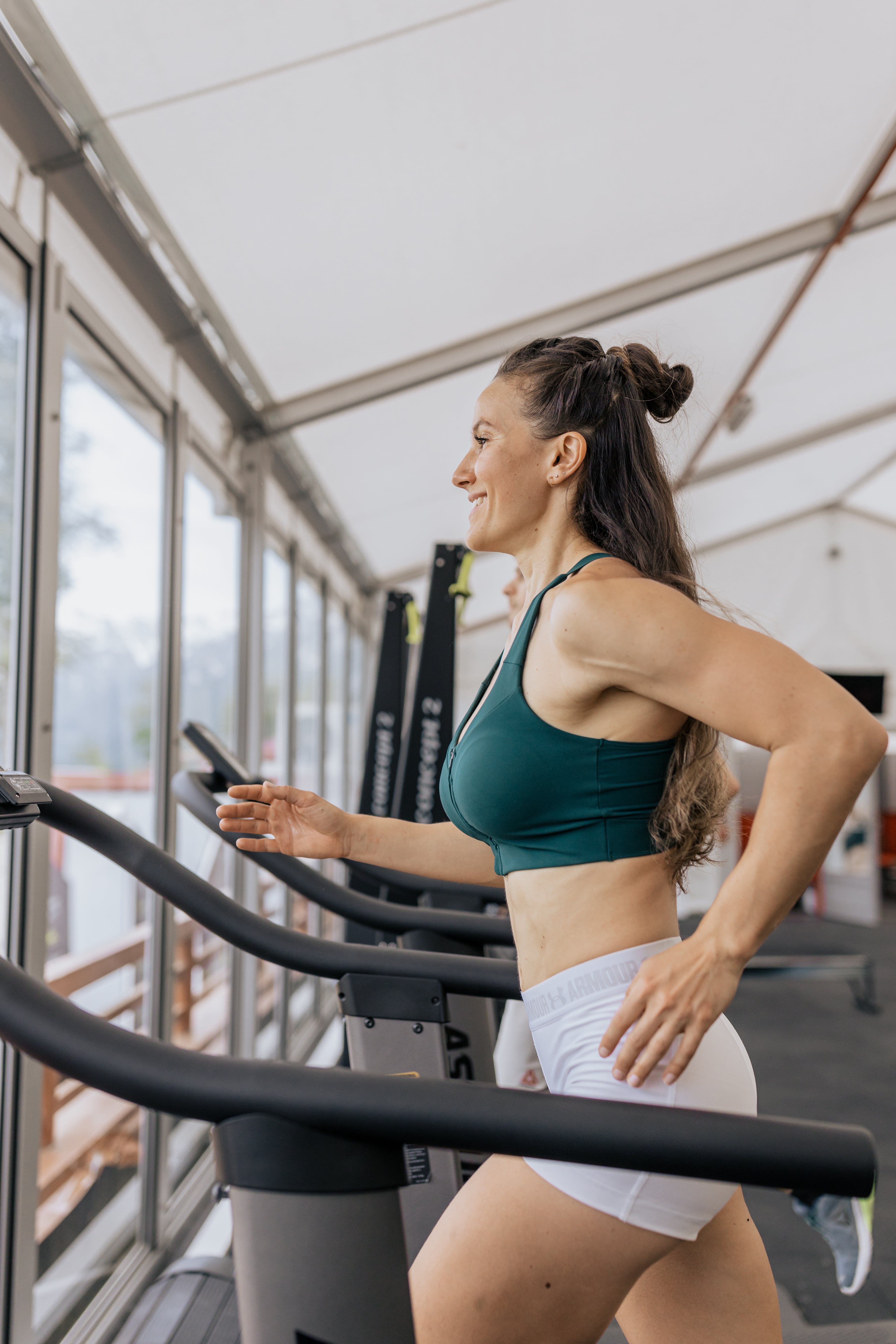Running is not just about putting one foot in front of the other; it is a dynamic activity that requires proper technique to maximize benefits and minimize the risk of injury. Understanding the importance of running techniques can significantly enhance your overall performance and health.
When it comes to the benefits of running techniques, several key aspects come into play:
- Improved Efficiency: Adopting the right techniques helps to conserve energy. This means you can run longer distances without feeling fatigued.
- Enhanced Speed: Proper form and technique allow you to become a faster runner. By focusing on your stride, cadence, and posture, you’ll notice a boost in your overall speed.
- Injury Prevention: Many runners suffer from injuries due to improper form. By understanding and applying effective techniques, you reduce the chances of strains and other common running injuries.
- Better Breathing: Techniques such as rhythmic breathing can enhance your oxygen intake, improving your stamina and endurance.
With these benefits in mind, it’s essential to incorporate running techniques into your training routine. Whether you’re a beginner or a seasoned runner, refining your technique can lead to significant improvements in your fitness journey. Visit our website to learn more and get started today! Click here.
Exploring Various Running Techniques for Health

As you delve deeper into the world of running, you’ll discover an array of techniques that can enhance your health and performance. Each method offers unique benefits, catering to different fitness levels and goals. Here are some popular running techniques worth exploring:
- Chi Running: This technique emphasizes proper posture and relaxed movements, allowing runners to minimize impact and reduce the risk of injury. Chi running focuses on a mid-foot strike and promotes efficient energy usage.
- Pose Running: Developed by Dr. Nicholas Romanov, Pose running encourages a forward-leaning posture and a quick cadence. This technique aims to optimize running efficiency by using gravity to propel the runner forward, thereby reducing strain on the legs.
- Fartlek Training: A Swedish term meaning ‘speed play,’ fartlek training combines short bursts of speed with slower-paced running. This method not only improves cardiovascular fitness but also adds variety to your training routine, making it more enjoyable.
- Interval Training: This technique involves alternating between high-intensity sprints and recovery periods of slower running or walking. Interval training is effective for building speed and endurance, making it a favorite among seasoned runners.
- Trail Running: Running on natural terrains, such as trails or mountains, offers a unique experience and engages different muscle groups compared to road running. Trail running can improve balance, agility, and overall strength while providing a refreshing connection to nature.
Incorporating these techniques into your running regimen can lead to improvements in both your mental and physical health. As you explore these diverse methods, you may find the perfect fit for your running style and fitness goals.
How Running Techniques Improve Performance

Adopting the right running techniques can significantly enhance your overall performance, leading to improved times, greater endurance, and reduced risk of injuries. Here’s how these techniques play a crucial role in boosting your running capabilities:
- Efficient Energy Use: Techniques such as Chi Running and Pose Running emphasize body mechanics that allow for optimal energy expenditure. By focusing on posture and stride, runners can conserve energy, enabling them to go longer distances without fatigue.
- Improved Speed: Incorporating interval training and fartlek sessions into your routine can elevate your speed. These methods challenge your body to adapt to different paces, enhancing your ability to sprint while maintaining stamina.
- Better Breathing: Proper running techniques encourage diaphragmatic breathing, which increases oxygen intake and improves cardiovascular efficiency. This aspect is vital for sustaining energy levels during longer runs and races.
- Injury Prevention: Many running techniques focus on reducing impact and promoting proper biomechanics. By avoiding overstriding and emphasizing mid-foot striking, runners can significantly lower the risk of common injuries, allowing for consistent training.
- Enhanced Mental Focus: Techniques like mindfulness in Chi Running help maintain a strong mental connection to your body and movements. This awareness can lead to improved concentration and motivation, crucial for achieving personal bests.
By integrating these techniques into your routine, you not only enhance your performance but also cultivate a healthier relationship with running. Embrace the journey of becoming a more accomplished and resilient runner.
Injury Prevention Through Proper Running Techniques
Injury prevention is a critical aspect of any runner’s journey, and implementing proper running techniques can make a significant difference. By focusing on specific practices, runners can minimize the risk of injuries while maximizing their enjoyment of the sport.
- Correct Posture: Maintaining an upright posture with a slight forward lean can improve balance and reduce strain on the joints. An aligned spine, relaxed shoulders, and a steady head position contribute to a more efficient running form.
- Foot Strike Awareness: Understanding and adopting the right foot strike is essential. Many experts recommend a mid-foot strike over a heel strike to lessen the impact on the knees and hips. This technique allows for better shock absorption and smoother transitions during each stride.
- Gradual Progression: Proper running techniques emphasize the importance of gradual mileage increases. Following the 10% rule—only increasing your weekly mileage by 10%—can help avoid overuse injuries that often plague runners.
- Strength Training: Incorporating strength training exercises into your routine, such as squats and lunges, can strengthen the muscles that support your running form. Stronger muscles and connective tissues help stabilize joints, reducing the likelihood of injuries.
- Warm-Ups and Cool-Downs: Engaging in dynamic stretches before a run and static stretches afterward can enhance flexibility and prepare the body for the stress of running. This practice helps to prevent injuries related to tight muscles and tendons.
By prioritizing these techniques, runners can create a solid foundation for their training, leading to a more enjoyable and injury-free running experience. Embrace these strategies to keep yourself healthy and thriving on the trails.
Mental Health Benefits of Effective Running Techniques

Running is not just a physical activity; it also offers profound benefits for mental health, especially when effective techniques are employed. Embracing proper running techniques can enhance not only your performance but also your overall well-being.
- Stress Reduction: Engaging in regular running sessions helps release endorphins, often referred to as “feel-good” hormones. This natural chemical boost can alleviate stress and anxiety, allowing runners to experience a sense of euphoria often termed the “runner’s high.”
- Improved Mood: The rhythmic nature of running aids in promoting mindfulness. Focusing on your breath and the sound of your footsteps can create a meditative state, helping to elevate your mood and foster a positive mindset.
- Enhanced Sleep Quality: Regular physical activity, including running, has been linked to improved sleep patterns. Incorporating effective running techniques helps regulate your sleep cycle, making it easier to fall asleep and stay asleep, which is crucial for mental health.
- Boosted Confidence: Achieving personal running goals—whether it’s finishing a race or simply increasing your distance—can significantly enhance self-esteem. This sense of accomplishment contributes to a positive self-image and overall mental resilience.
- Connection with Nature: Running outdoors allows for immersion in nature, which has been shown to reduce feelings of anxiety and depression. The combination of physical activity and the beauty of natural surroundings can invigorate the mind and spirit.
By harnessing the mental health benefits of effective running techniques, you can cultivate a happier, more balanced life. Integrating these practices into your routine will not only transform your running experience but also empower you to face daily challenges with a renewed sense of clarity and purpose.
Integrating Running Techniques into Your Routine

Incorporating effective running techniques into your routine is essential for maximizing the benefits of your runs and enhancing your overall fitness journey. Transitioning into a structured approach can lead to significant improvements in performance and enjoyment.
- Set Clear Goals: Begin by establishing specific, measurable, achievable, relevant, and time-bound (SMART) goals. Whether you aim to run a certain distance, improve your speed, or participate in a local race, having clear objectives will keep you motivated.
- Warm-Up and Cool Down: Always start your runs with a proper warm-up to prepare your muscles and reduce the risk of injury. Similarly, cooling down after your run aids in recovery, helping your body transition back to its resting state.
- Focus on Form: Pay attention to your running form, including posture, foot strike, and breathing techniques. Practicing mindful running will not only enhance efficiency but also minimize fatigue and discomfort.
- Incorporate Variety: Mix up your routine by integrating different running techniques, such as interval training, hill sprints, or long-distance runs. This variety keeps your workouts fresh and challenges your body in new ways, promoting overall fitness.
- Join a Community: Consider joining a local running group or online community. Engaging with fellow runners can provide support, accountability, and inspiration, making your running experience more enjoyable.
By taking deliberate steps to integrate these running techniques into your routine, you can unlock a wealth of physical and mental benefits that will enrich your running journey. Visit our website to learn more and get started today! Click here.


